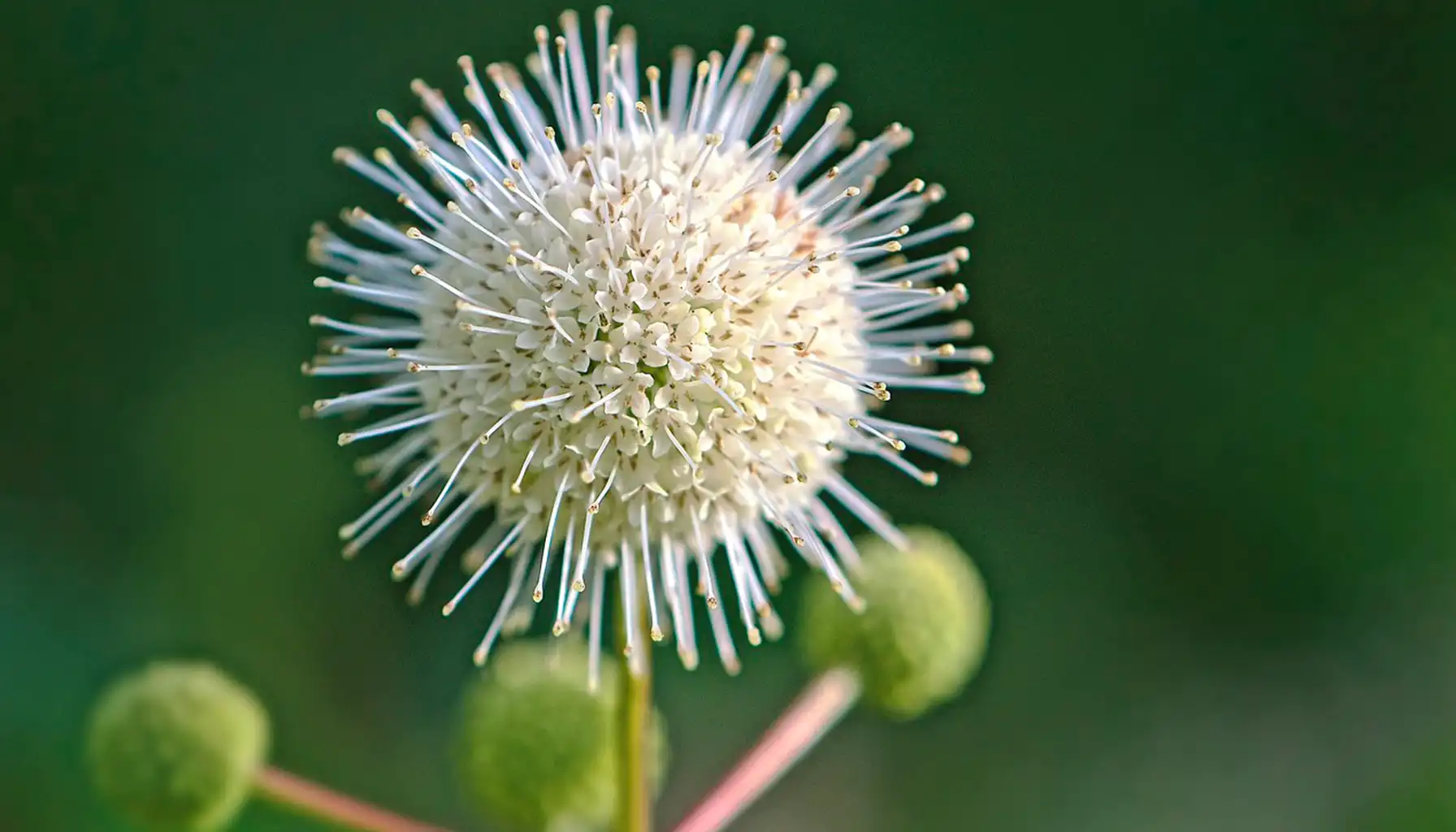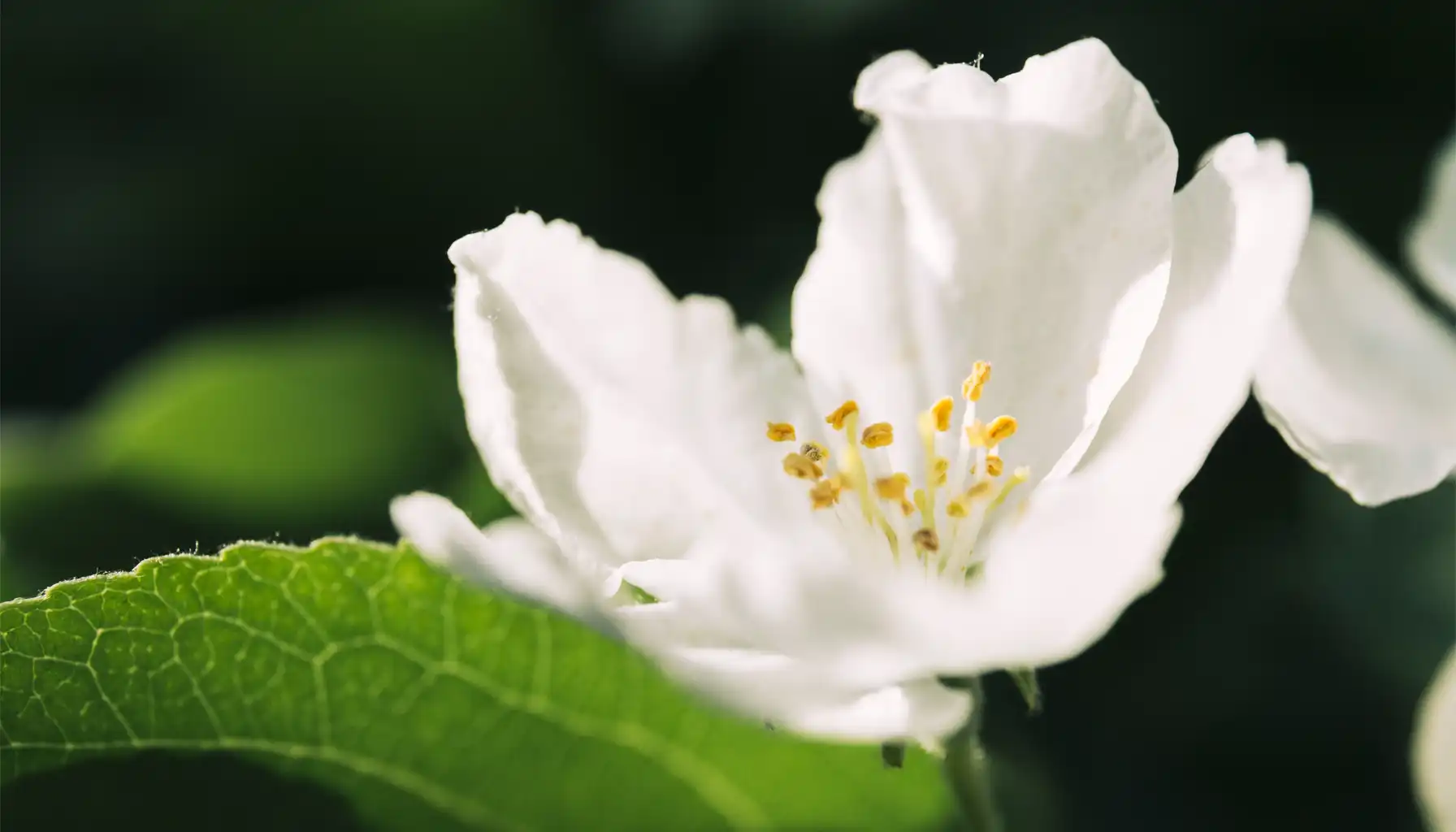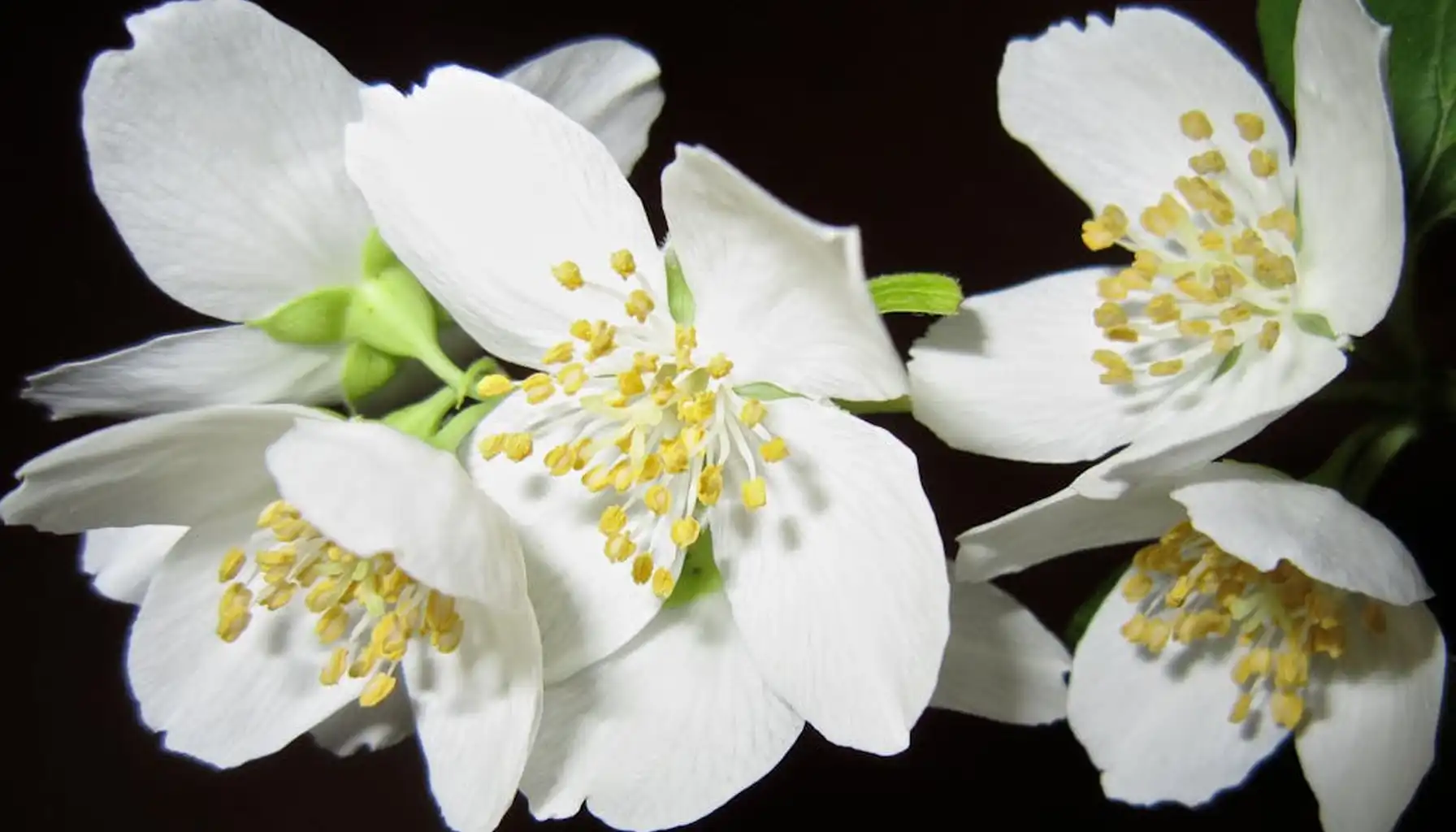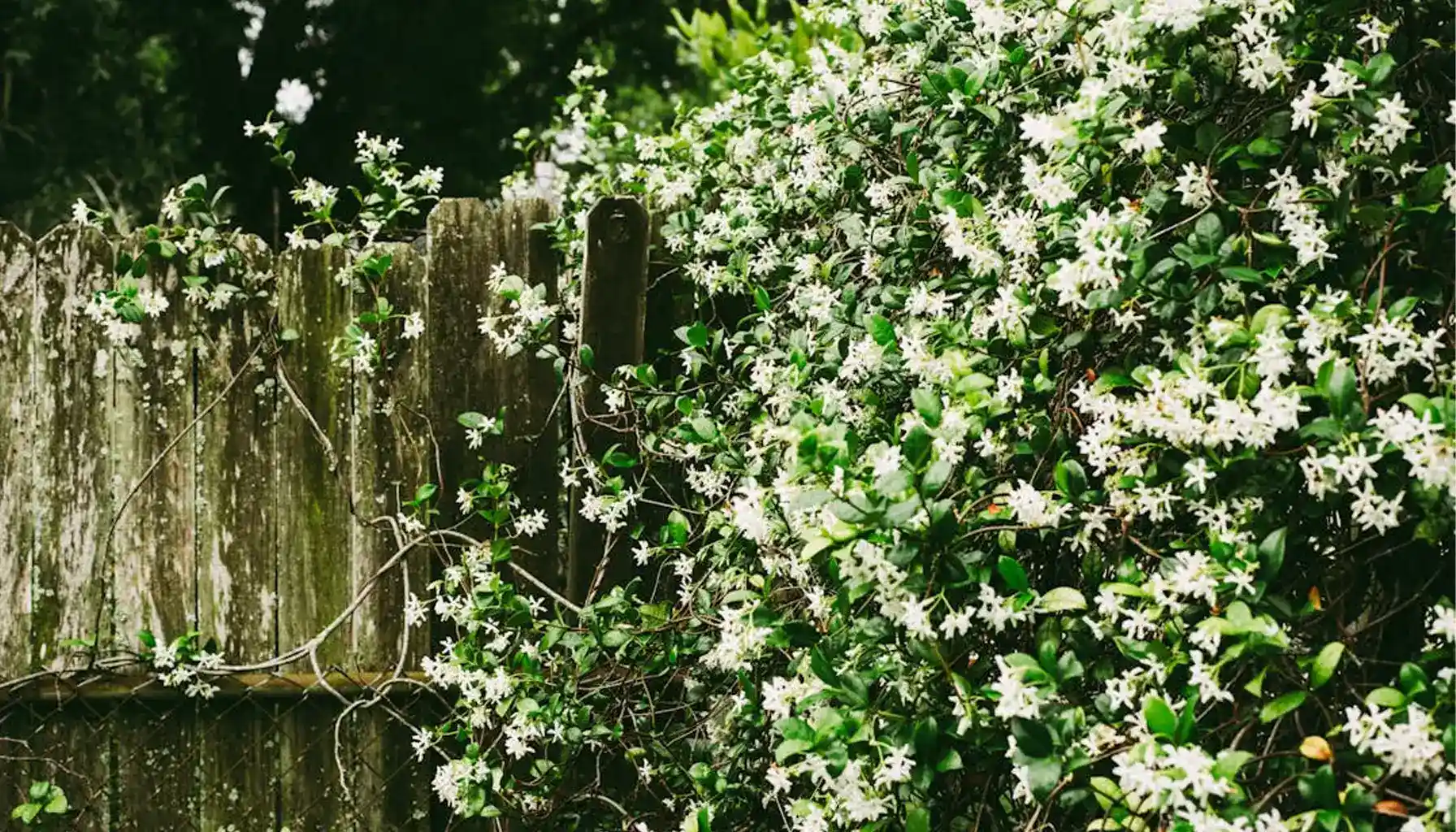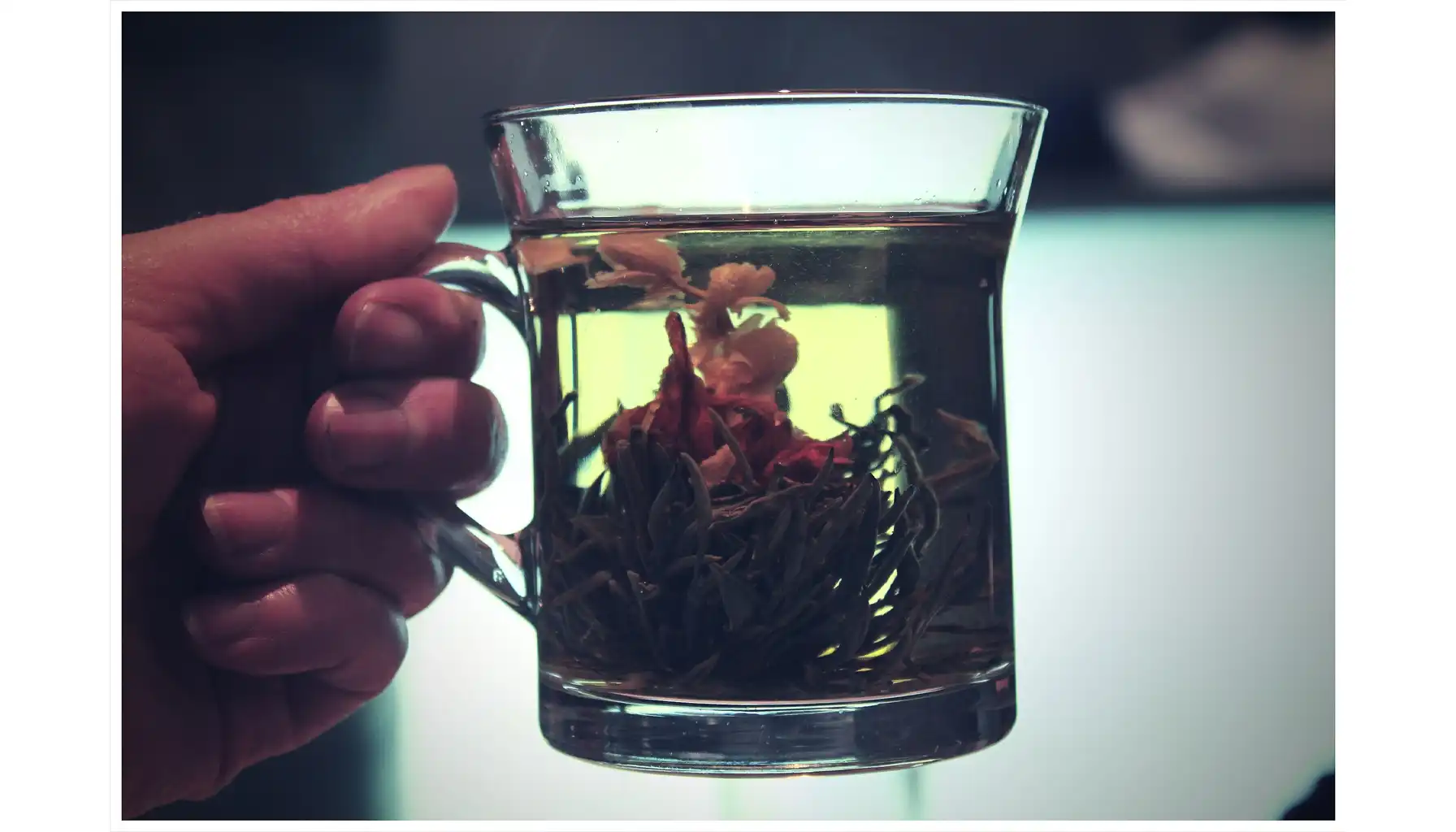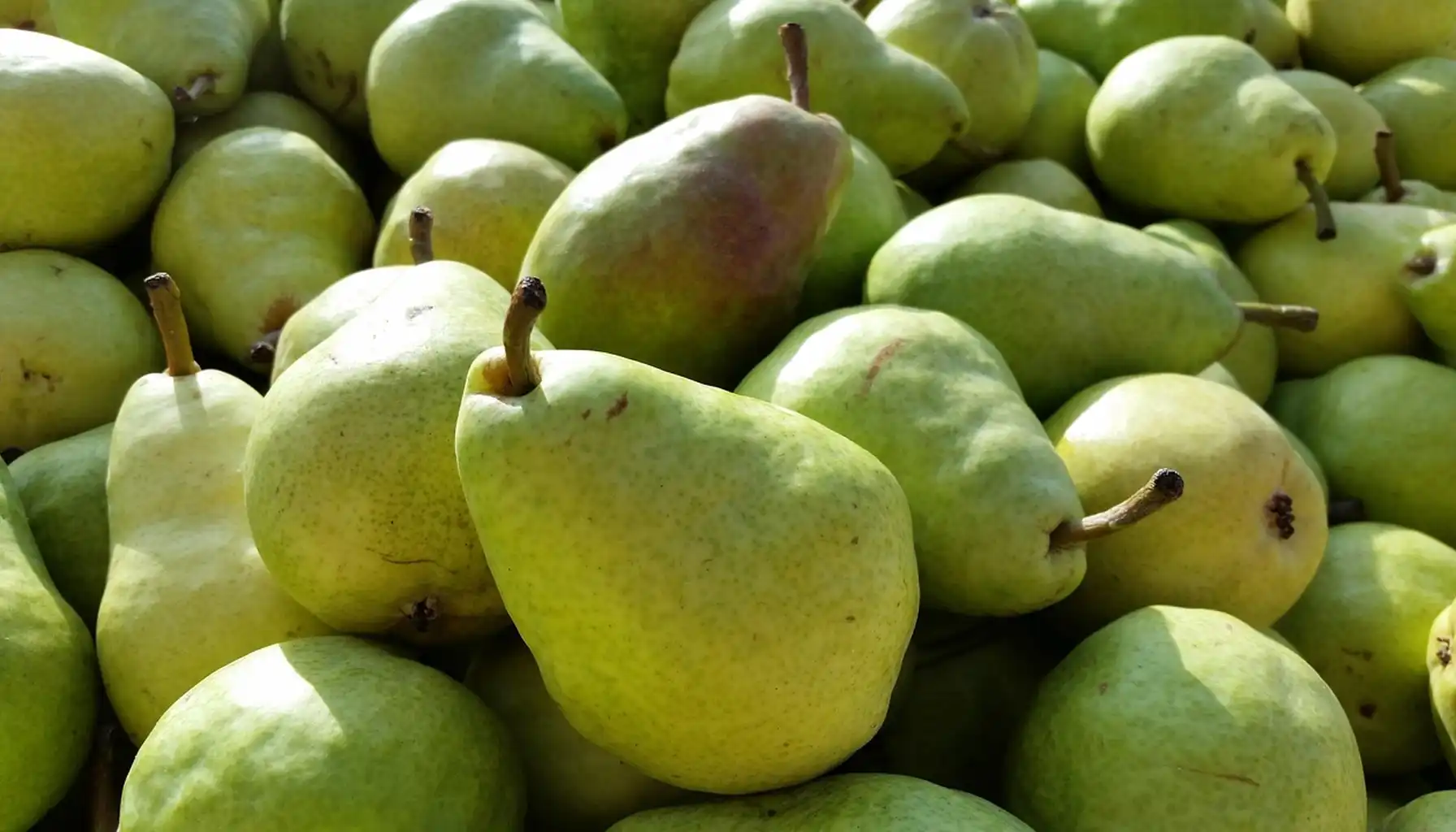From all the blooming bushes, Arabian Jasmine Sambac is one of the most admired for its soft aesthetics and rich smell. It might look magical and exotic but caring for it is easier than you think. With a clear plan, some preparation, and reliable flower identification you can grow a beautiful blooming bush even with a small or even no experience.
Botanical Overview
Scientific name: Jasminum sambac
Common names: Sambac Jasmine, Sampaguita
Native range: South and Southeast Asia, especially India and the Philippines
Growth habit: Evergreen shrub or vine, typically 1–3 meters tall
Physically, it is a modest-sized yet striking plant. Its oval dark green leaves provide the perfect backdrop to clusters of star-like white blossoms. Arabian Jasmine flowers open pure white, fading to a gentle pink as they mature.
Each bloom carries a powerful aroma that lingers in the air, making it a centerpiece for gardens, patios, and balconies. An ability to grow as a compact shrub or trained vine adds to its popularity, allowing it to adapt to different gardening spaces and Arabian Jasmine care routines.
Pro Tip: Want some more blooming and fragrant bushes for your garden? Take a look at the Rose of Sharon, perhaps even more beautiful than a classic rose.
Varieties and Cultivars
Over time, gardeners and breeders have cultivated multiple varieties of Arabian Jasmine bush, each celebrated for unique flower forms and fragrances:
‘Maid of Orleans’ – Single-petaled flowers, simple yet highly fragrant, widely used in jasmine tea production.
‘Belle of India’ – Long, narrow petals with a graceful, elegant look, often associated with garland making.
‘Grand Duke of Tuscany’ – Double blooms resembling small white roses, prized for ornamental displays and one of the most fragrant cultivars.
‘Arabian Nights Jasmine’ – Compact form with abundant blooms, perfect for smaller gardens or patio containers.
‘Summer Soul Arabian Jasmine’ — Unites a compact growing habit with highly fragrant flowers and outstanding heat and humidity tolerance.
Popular Varieties to Start Growing Today
Variety | Flower Form | Fragrance Strength | Growth Habit |
Maid of Orleans | Single layer | Strong | Shrub or small vine |
Belle of India | Elongated petals | Sweet, moderate | Upright, elegant |
Grand Duke Arabian Jasmine | Double, rose-like | Very strong | Dense shrub, slower |
Arabian Nights | Single, compact | Moderate to strong | Compact, container-suited |
Summer Soul | Ornamental | Strong | Compact, robust |
Some of them are tea-quality blooming species, and others are mostly ornamental, special not with their aroma but the structure they create.
Flowering and Fragrance
This bush or a vine is celebrated above all for its prolific blooms. In warm regions, flowering can occur almost continuously throughout the year, with peak flushes during summer. Each bloom is waxy and pure white when it first opens, gradually shifting to a faint pink before fading. The contrast of the luminous flowers against glossy foliage creates an instantly recognizable garden accent.
Its fragrance is sweet, rich, and slightly musky, yet not overpowering. With its long history both in the East and West, it is almost legendary today. The aroma intensifies at night, as the flowers release their scent to attract nocturnal pollinators.
This night-blooming habit has inspired its use in both perfumery and tea flavoring, most famously in jasmine tea across Asia. Even a few blossoms can perfume a room, making them cherished for indoor enjoyment as well.
Symbolism, Meaning, and History
This fantastic garden and house-suitable plant carries deep cultural and symbolic meaning across many countries:
Philippines: Known locally as Sampaguita, it is the national flower and represents purity, simplicity, and humility. Garlands made of its blooms are commonly used for welcoming guests, ceremonies, and religious offerings.
India: Frequently woven into garlands and hair ornaments, the flowers are integral to weddings, festivals, and temple rituals. Their fragrance is considered sacred, enhancing the spiritual atmosphere.
Hawaii and Pacific Islands: Jasmine Arabian plant is a favored flower for leis, symbolizing love, friendship, and respect.
Perfume industry: Historically valued for its essential oil, Sambac jasmine has been a foundation of luxury fragrances, highlighting its global significance.
What a pleasure to grow such a significant flower, not just for its beauty, but also its meaning.
And if you are looking for more flowers with meaning and such soft aesthetics, check out our guide on growing Sweet Alyssum, also white and great for many garden styles.
Growing Conditions and Requirements
To enjoy the lush of greenery and the fragrance of flowers at its best, gardeners must provide suitable growing conditions:
Light: Full sun is ideal for abundant flowering, though partial shade is tolerated. At least 6 hours of light daily ensures maximum bloom production.
Soil: Prefers loose, well-draining soil enriched with organic matter. A neutral to slightly acidic pH (6.0–7.0) supports healthy root development.
Water: Regular watering is essential. Keep soil moist but never waterlogged. Once established, the plant can handle short dry periods, but consistent moisture rewards with more flowers.
Feeding: Apply a balanced fertilizer in spring and again mid-summer to promote lush growth and extended blooming. Organic compost can also enrich the soil.
Temperature: Best suited for USDA zones 9–10. Sensitive to frost, all the shrubs should be protected or container-grown in cooler climates. Indoor overwintering helps preserve plants in colder regions.
It can flourish both indoors and outdoors, all you must care about is a stable temperature and balanced soil composition. If you keep it indoors, make sure that the container is big enough and allows the root system to grow for a normal Arabian Jasmine height. If you keep it in your garden, make sure that you have protection against sudden temperature changes.
Ideal Conditions Check-List
Requirement | Preferred Condition |
Light | Full sun, 6+ hours daily |
Soil | Loose, rich, well-drained, slightly acidic |
Water | Moist but not soggy |
Fertilizer | Balanced, applied spring and summer |
Temperature | USDA zones 9–10, frost protection needed |
Arabian Jasmine Propagation and Planting
Arabian Jasmine size adapts well to gardens and containers, provided a few key steps are followed:
Planting: Choose a location with good air circulation. If planting multiple shrubs, space them at least 1 meter apart for Arabian Jasmine hedge or border. For vining cultivars, provide an Arabian Jasmine trellis for each, arbors, or stakes for support.
Propagation: Most gardeners use stem cuttings, layering, or marcotting to ensure true-to-type flowers instead of growing from Arabian Jasmine seeds. Commercially, plants are propagated asexually to preserve their fragrance and bloom form. Cuttings root best when taken in spring and placed in moist, well-drained soil with indirect light.
Ongoing Arabian Jasmine Plant Care and Maintenance
Watering: Deep watering during dry periods is essential. Mulching around the base helps conserve moisture and reduce weeds.
Pruning: Trim after bloom cycles to shape the plant and encourage new shoots. Remove spent flowers and weak stems to keep growth vigorous.
Pest and disease management: Watch for spider mites, aphids, and mealybugs. Neem oil or insecticidal soap provides organic control. Overwatering can cause root rot—ensure soil drains freely.
Uses in Landscaping and Containers
Jasminum Sambac Arabian Jasmine is highly versatile:
Garden borders and hedges: Its evergreen foliage and periodic blooms make it excellent for defining spaces.
Patio containers: Perfect for fragrance near seating areas. Vining types can climb supports for dramatic displays.
Companion planting: Pairs beautifully with hibiscus, plumbago, or gardenias for a tropical aesthetic.
Ecological Benefits for Gardens
Beyond beauty and fragrance, the Arabian tea jasmine plant supports biodiversity. Its flowers attract bees and butterflies, contributing to pollinator health. In urban environments, its greenery aids air purification and brings natural calm to small courtyards or balconies.
Pro Tip for Mindful Gardeners: You can attract more pollinators and achieve even stronger biodiversity by planting shrubs like Glossy Abelia. Check out the guide to understand care routines for it.
Buyer’s Guide: Spotting the Right Plant
When looking for an Arabian Jasmine plant for sale, look for species with vibrant green leaves and no signs of pests. Roots should be firm and not waterlogged. Skilled gardeners report that starting with healthy young arabian jasmine for sale gives the best long-term results, with fragrance becoming stronger as the plant matures.
FAQ about Growing and Caring
Does the Arabian jasmine tree like pots or ground?
Both—ideal in pots for mobility and ground planting for hedges.
How big does the bush get in height?
Typically a full grown Arabian jasmine plant reaches 1–3 meters in height, depending on pruning and support. If you grow it as a vine, get prepared for several meters of length.
Is Arabian Jasmine a climbing plant?
Yes, it has a habit of growing as a vine, and with the right conditions it can reach several meters long, beautifully decorating vertical spaces.
Can I keep Arabian Jasmine indoors?
Yes, if placed in a sunny window and watered consistently.
Is Arabian Jasmine toxic to dogs?
Generally non-toxic, but monitor for digestive upset if ingested.
Why is my Arabian jasmine not flowering?
Usually due to insufficient sunlight, poor soil, or lack of fertilizer. Check with AI Plant Finder
Can Arabian jasmine grow in full shade?
It tolerates partial shade but produces fewer blooms without full sun.
Related AI Plant Finder Posts
